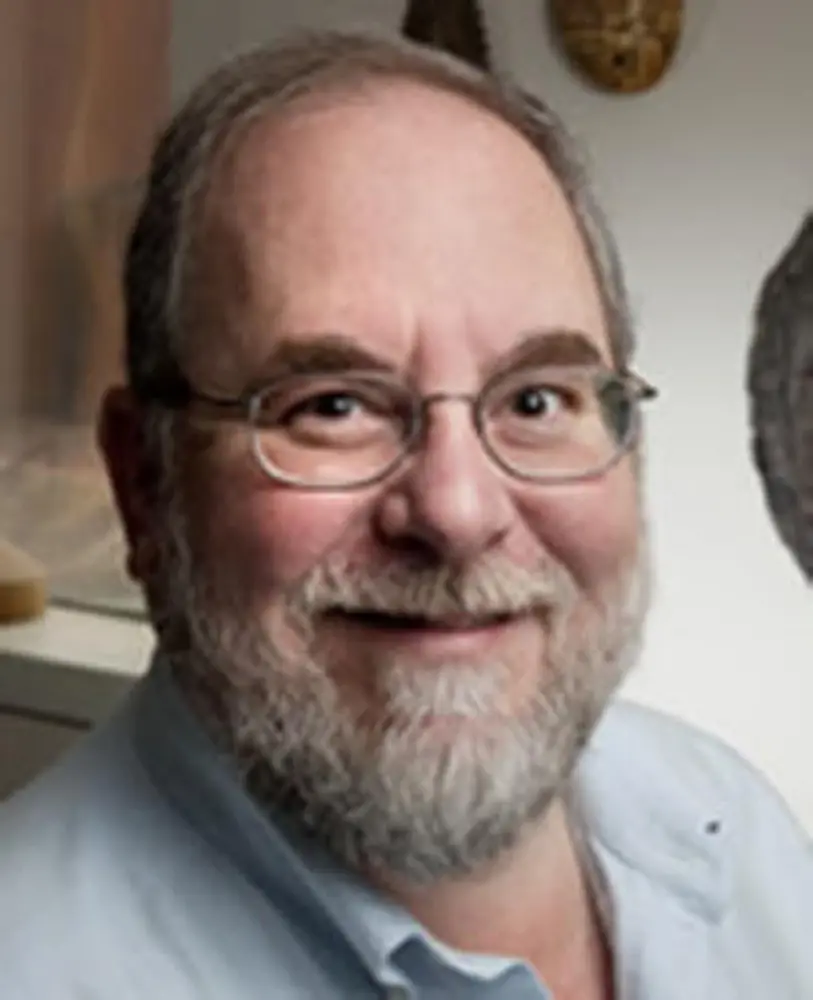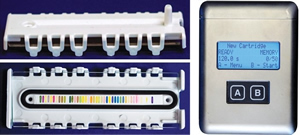
Suslick's sensors monitored pollutant exposure of Disney original artwork, like this 1928 'Steamboat Willie' celluloid, during a trip to China © Disney Enterprises, Inc., Courtesy of Walt Disney Animation Research Library.
The Suslick group's optoelectronic 'nose' is presently finding use as a sensor for detecting pollutants that may damage irreplaceable artwork. The sensor is several hundred times more sensitive than existing devices used for monitoring cultural heritage objects. The device measures minute levels of pollutants and warns curators when measures for protection need to be taken. These sensors traveled with the Disney traveling exhibit "Drawn from Life: The Art of Disney Animation Studios" when it went to China.
Suslick presented this innovation recently at the American Chemical Society in San Diego, California in March, 2016. Collaborators in the project include Maria LaGasse, a graduate student in Suslick’s lab; Kristen McCormick, art exhibitions and conservation manager at the Walt Disney Animation Research Library; Herant Khanjian, assistant scientist; and Michael Schilling, senior scientist at the Getty Conservation Institute.
Smithsonian Magazine article, RSC Chemistry World article, ACS Press Release.
 The Suslick group has developed another sensor that can be used to detect many classes of compounds including the peroxide explosives used in the Brussels attack. The sensor can distinguish one explosive synthesis from another and may be able to assist authorities in identifying bomb makers.
The Suslick group has developed another sensor that can be used to detect many classes of compounds including the peroxide explosives used in the Brussels attack. The sensor can distinguish one explosive synthesis from another and may be able to assist authorities in identifying bomb makers.
Suslick's company, iSense is continuing to develop the optoelectronic nose technology for several applications.
The Economist article, C&EN article, Chicago Tribune article.